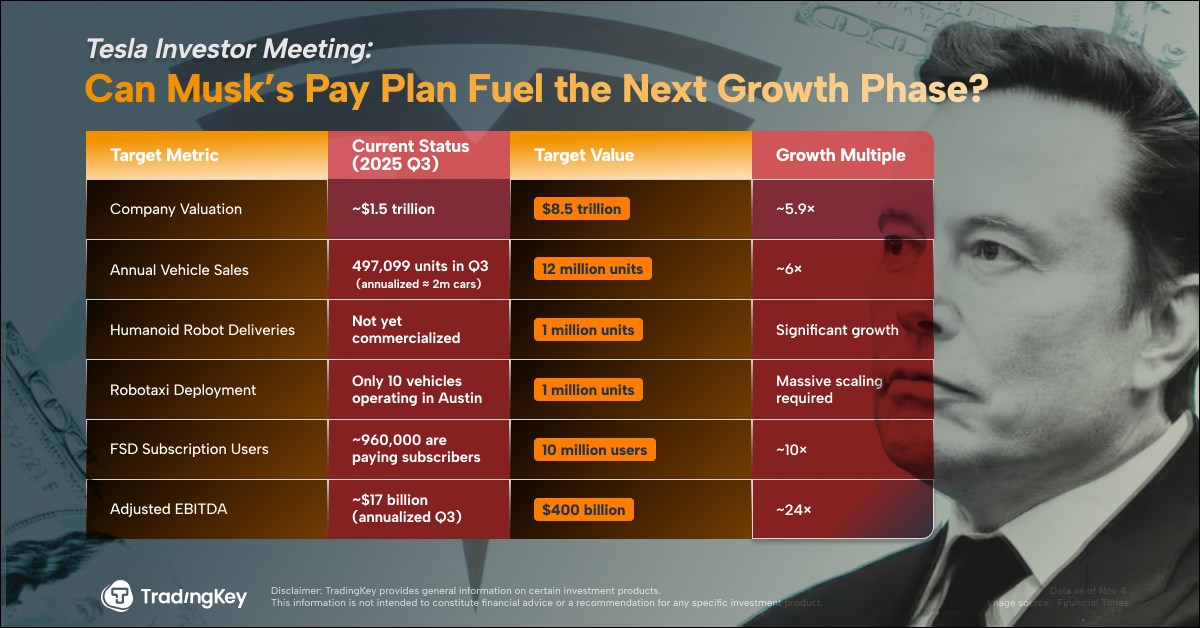TREASURIES-US yields fall on labor market concerns, government shutdown angst

By Davide Barbuscia
NEW YORK, Oct 1 (Reuters) - U.S. Treasury yields fell on Wednesday as private jobs data continued to point to mounting weakness in the labor market and a U.S. government shutdown left investors second-guessing its impact on markets and the economy.
Private employment decreased by 32,000 jobs last month after a downwardly revised 3,000 decline in August, the ADP National Employment Report showed on Wednesday. Economists polled by Reuters had forecast private employment increasing 50,000 following a previously reported 54,000 advance in August. This came after government data on Tuesday showed job openings rising moderately in August and hiring subdued.
The ADP report was seen as a key gauge of the health of the labor market by investors as a government shutdown, which began at midnight on Tuesday after funding lapsed, means the Labor Department's closely followed employment report for September will not be published on Friday. A report on weekly jobless benefits claims, scheduled for Thursday, will also not be published.
This could also be a problem for the Federal Reserve as it assesses whether to continue lowering rates at its next rate-setting meeting at the end of October, after a 25 basis point cut last month.
“This is another data point amid a laundry list of weak labor market data,” said Matthew Miskin, co-chief investment strategist at Manulife John Hancock Investments, in reference to the ADP numbers.
"It’s a weakening labor market and the Fed is likely to continue on their cutting path through year end in our view. Not having other data points does make this harder for the Fed,” he said.
Rates futures traders were betting with more conviction on a 25 basis point rate cut in October after the jobs numbers, with the probability of that cut rising to 99% on Wednesday from about 96% on Tuesday, CME Group data showed.
Treasury benchmark 10-year yields US10YT=RR were last down nearly five basis points on the day, at 4.094%, while two-year yields US2YT=RR declined by about six basis points to 3.543%.
The U.S. government shut down large parts of its operations on Wednesday after partisan deadlock blocked a funding deal, triggering a potentially prolonged standoff that threatens thousands of federal jobs.
Shutdowns can spark market volatility, but history shows no consistent link to market performance.
This time, however, there could be deeper consequences for the economy, as President Donald Trump, whose push to remake the federal government is already set to eliminate about 300,000 jobs by December, has warned Democrats that a shutdown could pave the way for ‘irreversible’ cuts to programs and further staffing.
For investors, this adds to uncertainty caused by data delays.
"Eventually the government data will be crunched, released, and processed by the market; however, the longer it takes for federal workers to come back from furlough, the more distorted and dated the information will become," BMO Capital Markets analysts said in a note.







